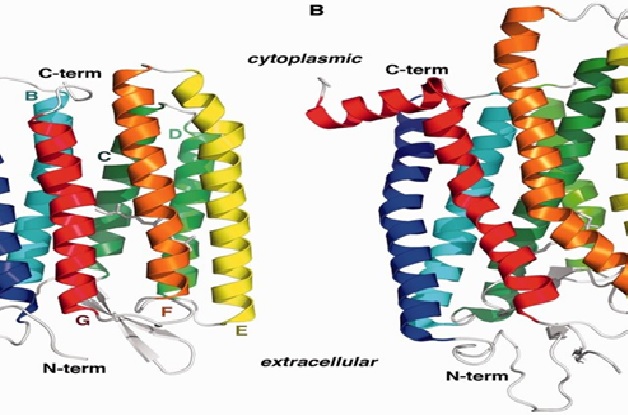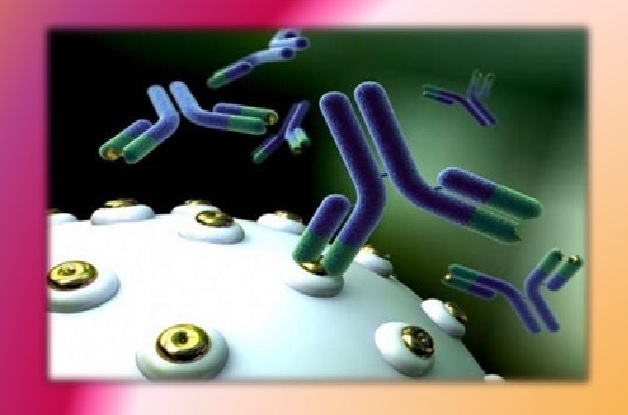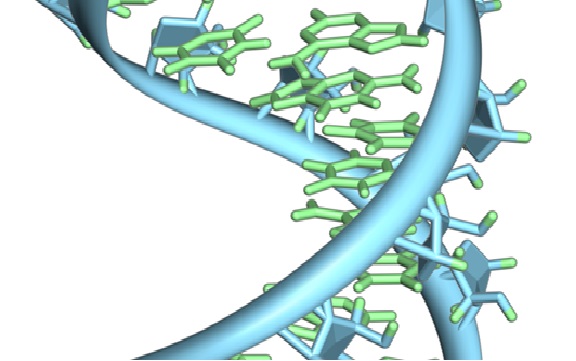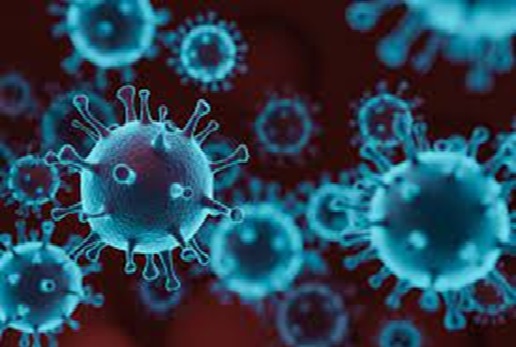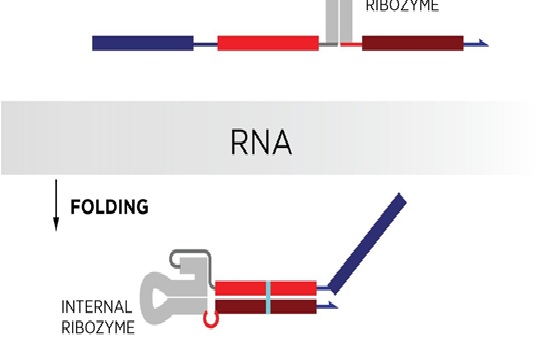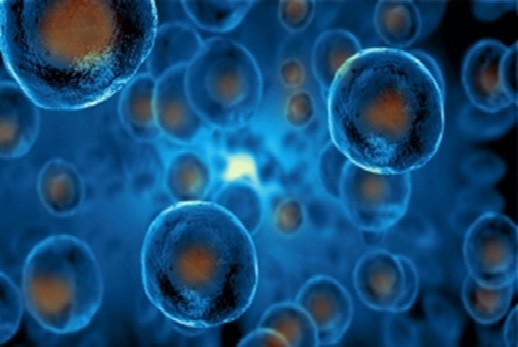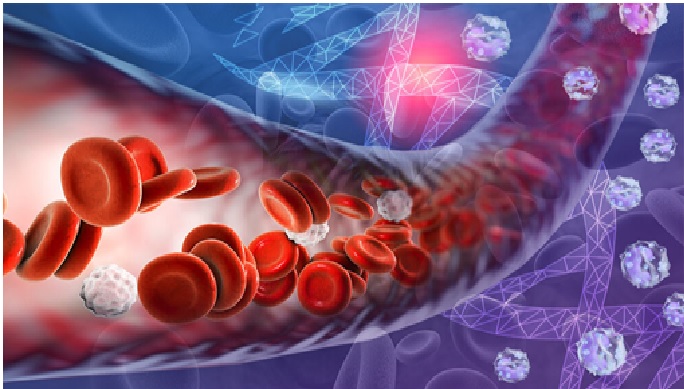Hidden flower petal colours ensure pollination and survival
According to scientists at Clemson University, the different invisible substances found in the petals of flowers create a ‘bulls-eye’ that attracts pollinating insects.
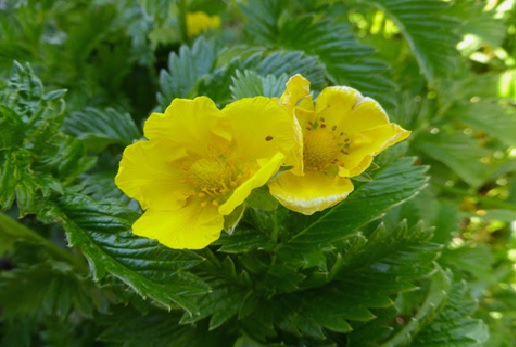
Figure 1: Flower petal colour create an effect that ensure pollination.
Figure 1 shows that A new research study, led by Mattahew Koski, an assistant professor of biological sciences in the Clemson College of Science, studied the bright, yellow flowers of Argentina anserina — a member of the rose family commonly known as silverweed.
Koski chose to analyse the silverweed flower to learn how pigments in the petals that are visible only within the ultraviolet spectrum play an integral part in the plant’s plasticity and ability to quickly respond to a changing environment. [1]
Koski said, “I was interested in thinking about how we perceive colour compared to how organisms that interact more frequently with flowers do.”
Koski said he is fascinated by “discovering what these UV signals could be doing functionally with regard to pollination.”
a wide range of plants have concentrations of UV-absorbing chemicals at the base of flower petals, while the tips of the petals have more chemicals that reflect UV rays. This creates an overall “bull's-eye” effect that guides insects in their search for pollen. [2]
The researchers studied silverweed at various elevations in southwestern Colorado to better understand the roles of the various UV-absorbing chemicals in the plants' petals and how these chemicals work to aid in pollination and, thus, reproduction.
Although humans cannot see the UV patterns on the flower's petals, many of its pollinators can, according to Koski. [3]
The research team sought to uncover more about how the plants adapt to different environments – specifically how they adapt to a difference in altitude of 1,000 metres.
They discovered that flowers at different altitudes adapt to their environments by producing varying amounts of UV-blocking or UV-absorbing chemicals.
This research has the potential to help scientists better understand how organisms respond to environmental changes and even predict if or how certain organisms would be able to survive rapid environmental change. [1]
References:
- https://www.innovationnewsnetwork.com/flowers-visible-colours-help-ensure-pollination-survival/19969/
- https://www.infobae.com/en/2022/04/01/flower-colors-only-visible-to-insects-ensure-pollination-a-study-found/
- https://krishijagran.com/agriculture-world/flowers-unseen-colours-can-aid-in-pollination-survival/
Cite this article:
Sri Vasagi K (2022), Hidden flower petal colours ensure pollination and survival, AnaTechMaz, pp. 37


